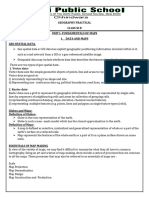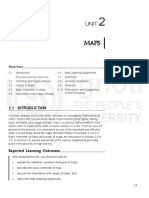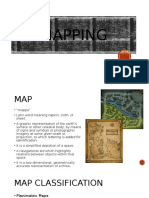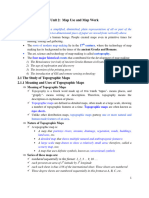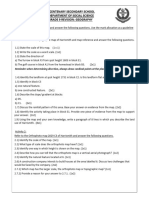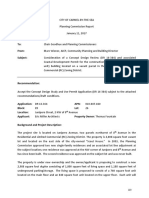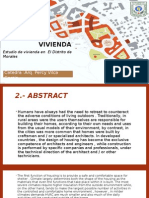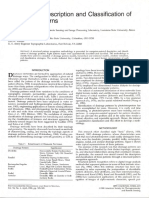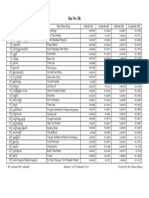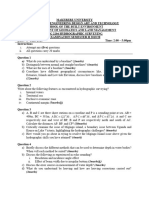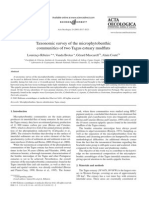0% found this document useful (0 votes)
63 views7 pagesPractical Notes Ch-1
The document provides an introduction to maps, explaining key concepts such as globes, map projections, and the essentials of map making including scale, projection, generalization, and design. It also covers the history of map making, types of maps, and their uses, detailing large and small scale maps, physical and cultural maps, and methods for measuring distance, direction, and area. Overall, it serves as a comprehensive guide to understanding the fundamentals of geography and cartography.
Uploaded by
lothenakul5Copyright
© © All Rights Reserved
We take content rights seriously. If you suspect this is your content, claim it here.
Available Formats
Download as PDF, TXT or read online on Scribd
0% found this document useful (0 votes)
63 views7 pagesPractical Notes Ch-1
The document provides an introduction to maps, explaining key concepts such as globes, map projections, and the essentials of map making including scale, projection, generalization, and design. It also covers the history of map making, types of maps, and their uses, detailing large and small scale maps, physical and cultural maps, and methods for measuring distance, direction, and area. Overall, it serves as a comprehensive guide to understanding the fundamentals of geography and cartography.
Uploaded by
lothenakul5Copyright
© © All Rights Reserved
We take content rights seriously. If you suspect this is your content, claim it here.
Available Formats
Download as PDF, TXT or read online on Scribd
/ 7
